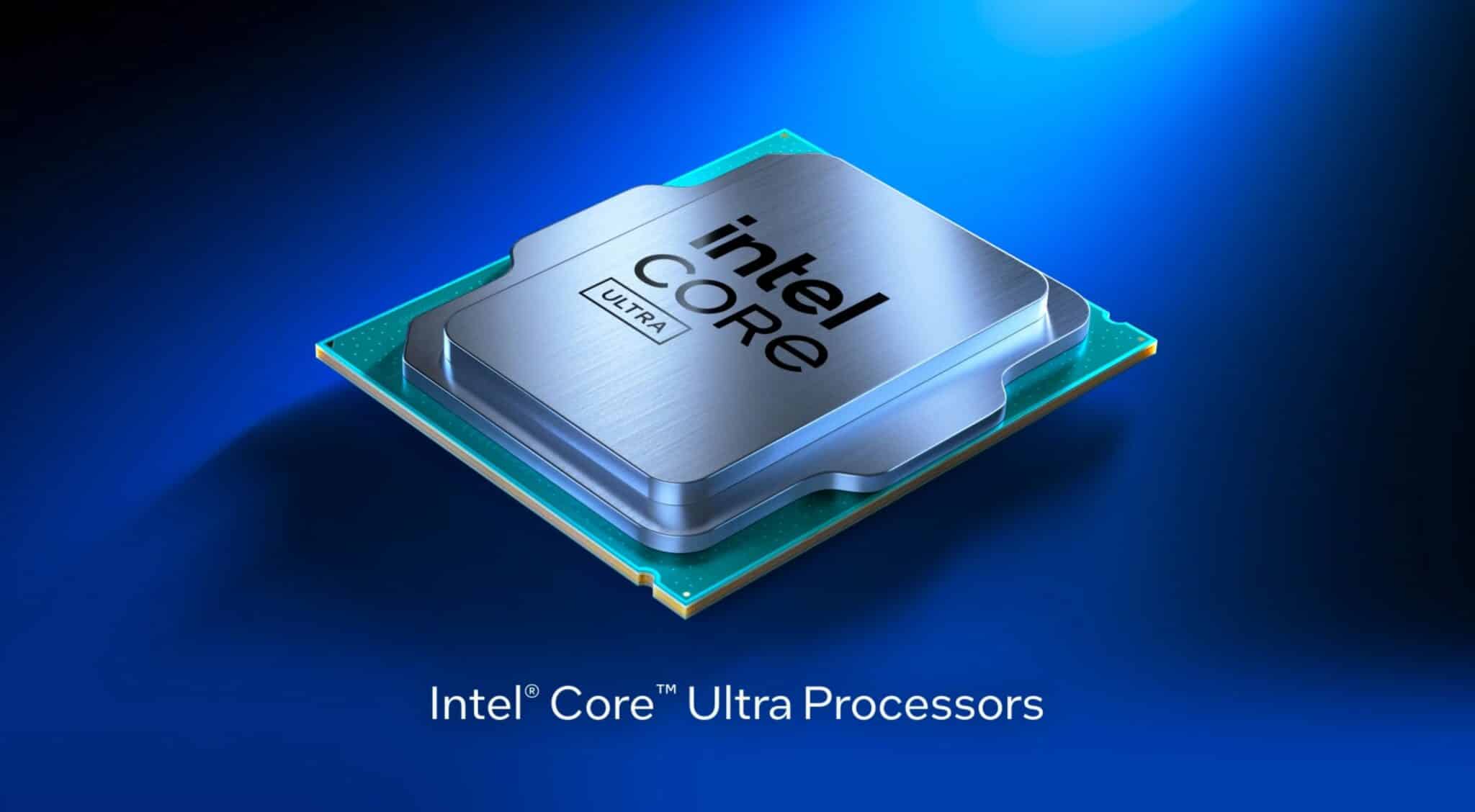Full Intel next-gen Arrow Lake CPU model list, specs, release dates, the works reportedly revealed
Five SKUs running at up to 5.7GHz are go for October 24 launch.

We've already spotted Intel's next-gen Arrow Lake CPUs after they were accidentally posted on a UK etailer website. Now we can flesh out the full details even further, including pretty much every important spec for all five launch models of Intel's latest desktop CPU, plus apparently Intel's intended release date.
According to Benchlife, Arrow Lake is go for launch on October 24. Earlier reports indicated an October 10 unleashing, but the later date now appears to be Intel's plan.
Five models will be offered initially, all using the new "Core Ultra" nomenclature already seen with Intel's Meteor Lake laptop CPUs. The top chip is the Core Ultra 9 285K. It sports eight Performance and 16 Efficient cores, but no HyperThreading, so the thread count is the same as the overall core count.
Top clocks for the 285K are 5.7 GHz and the maximum power footprint in Turbo mode is 250 W. The chip is said to have 40 MB of L2 and 36 MB of L3 cache memory.
The base model, meanwhile, is the Core Ultra 5 245KF. That has six Performance and eight Efficient cores, plus a top clock of 5.2 GHz, a 159 W Turbo TDP, and then 26 MB and 24 MB of L2 and L3 cache respectively.
The other main configuration involves a couple of eight Performance and 12 Efficient core SKUs which share the top chip's 250W power rating.
We're also expecting Arrow Lake to sport Intel's existing first-gen Arc Alchemist GPU cores rather than the new Arc Battlemage hardware that's coming in the Lunar Lake mobile chip.
The biggest gaming news, reviews and hardware deals
Keep up to date with the most important stories and the best deals, as picked by the PC Gamer team.
| Header Cell - Column 0 | Core Ultra 9 285K | Core Ultra 7 265K | Core Ultra 7 265KF | Core Ultra 5 245K | Core Ultra 5 245KF |
|---|---|---|---|---|---|
| Cores (P+E) | 8+16 | 8+12 | 8+12 | 6+8 | 6+8 |
| Threads | 24 | 20 | 20 | 14 | 14 |
| L3 cache | 36 MB | 30 MB | 30 MB | 24 MB | 24 MB |
| L2 cache | 40 MB | 36 MB | 36 MB | 26 MB | 26 MB |
| Max TVB speed | Up to 5.7 GHz | Up to 5.5 GHz | Up to 5.5 GHz | Up to 5.2 GHz | Up to 5.2 GHz |
| P-Cores Max Turbo | Up to 5.6 GHz | Up to 5.4 GHz | Up to 5.4 GHz | Up to 5.2 GHz | Up to 5.2 GHz |
| E-Cores Max Turbo | Up to 4.6 GHz | Up to 4.6 GHz | Up to 4.6 GHz | Up to 4.6 GHz | Up to 4.6 GHz |
| P-Cores Base | 3.7 GHz | 3.9 GHz | 3.9 GHz | 4.2 GHz | 4.2 GHz |
| E-Cores Base | 3.2 GHz | 3.3 GHz | 3.3 GHz | 3.6 GHz | 3.6 GHz |
| Processor Base Power | 125 W | 125 W | 125 W | 125 W | 125 W |
| Maximum Turbo Power | 250 W | 250 W | 250 W | 159 W | 159 W |
Arguably, that doesn't really matter as we'll all want to pair Arrow Lake with a proper graphics card for gaming, not an integrated GPU. But it does sit slightly oddly to have such an old GPU in a brand new chip.
On a similar note, it's thought Arrow Lake will make do with the old Meteor Lake spec NPU for AI acceleration, which is rated at 10 TOPS, rather than the fancy new NPU in Lunar Lake, which is rated at 45 TOPS and qualifies for Microsoft's Copilot+ AI PC certification.
Again, you could dismiss that given modern Nvidia GPUs offer massively more AI acceleration than any of these integrated NPUs. But, still, Arrow Lake seems to be shaping up as a slightly odd mix of old and new.

Best CPU for gaming: The top chips from Intel and AMD.
Best gaming motherboard: The right boards.
Best graphics card: Your perfect pixel-pusher awaits.
Best SSD for gaming: Get into the game ahead of the rest.
What won't be mixed, however, are the chiplets that make up Arrow Lake. Intel recently revealed that it had given up any plan to make at least the CPU die for some Arrow Lake models using its own new 20A process.
Instead, 20A is now essentially dead, and all of the active tiles in Arrow Lake will be made by Taiwanese chip foundry TSMC. Of course, what with the troubles Intel has had with its own silicon with the 13th and 14th Gen Core processors, you might view a pure-TSMC Intel CPU as a good thing.
Either way, it won't be long now to find out exactly what Arrow Lake can bring to the performance PC table.

Jeremy has been writing about technology and PCs since the 90nm Netburst era (Google it!) and enjoys nothing more than a serious dissertation on the finer points of monitor input lag and overshoot followed by a forensic examination of advanced lithography. Or maybe he just likes machines that go “ping!” He also has a thing for tennis and cars.

